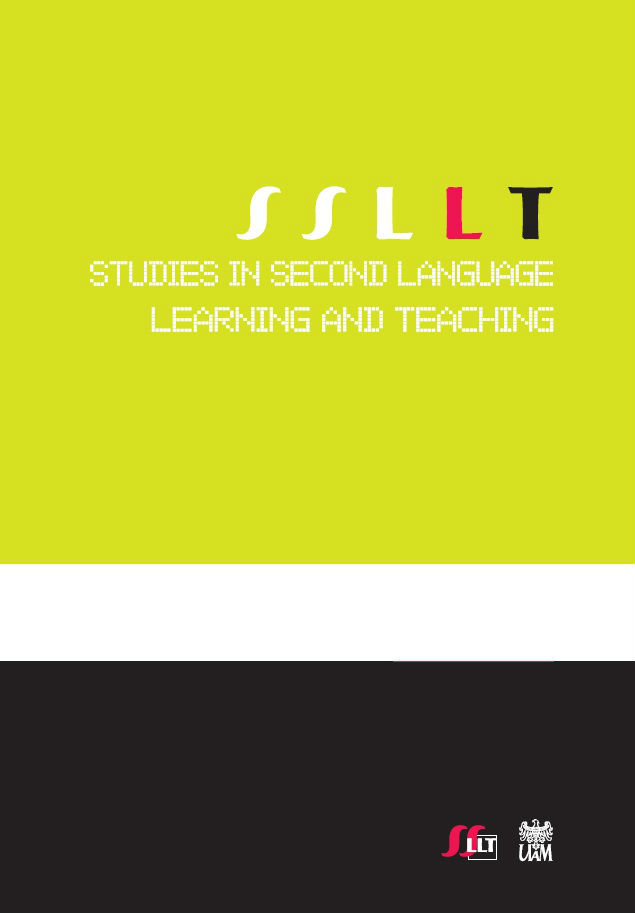Can L1 markedness and L2 input robustness account for fossilizability of L2 forms?
Can L1 markedness and L2 input robustness account for fossilizability of L2 forms?
Author(s): Musa NushiSubject(s): Language and Literature Studies
Published by: Wojskowe Biuro Historyczne im. gen. broni Kazimierza Sosnkowskiego
Summary/Abstract: The article by Musa Nushi "Can L1 markedness and L2 input robustness account for fossilizability of L2 forms?" has been recalled on account of ethical concerns. Han’s (2009) selective fossilization hypothesis (SFH) claims that L1 markedness and L2 input robustness determine the fossilizability (and learnability) of an L2 feature. To test the validity of the model, a pseudo-longitudinal study (Keller- man, 1989) was designed in which the errors in the argumentative essays of 76 Iranian EFL learners were identified to come up with a list of typical errors. Next, the learners were provided with implicit and explicit corrective feedback on those errors to see if there existed any errors that would persist despite learners’ motivation and the pedagogical intervention to eliminate them from their writ- ing. ANOVA results revealed that the errors in the pronoun, word order, passive voice and possessive categories persisted in the written output of the participants. A sub-classification of errors in the pronoun and possessive categories showed that deletion and redundant addition of subject pronouns, lack of agreement between pronouns and their antecedents, vague or ambiguous pro noun references in the pronoun category, and a wrong use of the apostrophe (‘) or apostrophe + s (‘s) with regular plurals in the possessive category proved most resistant to correction, pointing to their tendency towards becoming fossilized. That tendency, however, could not be accounted for by the SFH. It is suggested that although knowledge of L1, in interaction with available L2 input, does influence adult L2 learning, attributing selectivity of (non-)learning of L2 features solely to L1 markedness and L2 input robustness seems simplistic.
Journal: Studies in Second Language Learning and Teaching
- Issue Year: IV/2014
- Issue No: 1
- Page Range: 77-107
- Page Count: 30
- Language: English

